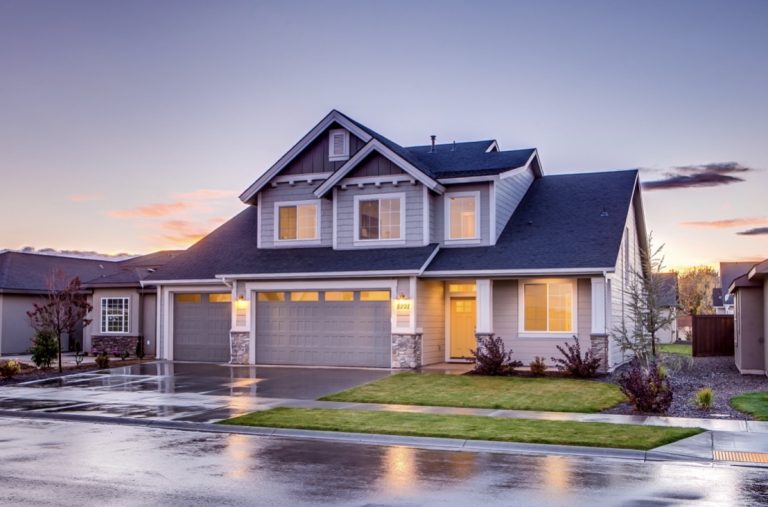Are you looking to do a home renovation? Are you looking for the best home improvement loans available to you?
Believe it or not, there are many different types of loans available for those looking to make some serious changes to their home. And with interest rates being low, this could be the opportunity for home improvement that you’ve been looking for!
Here’s what you need to know about the different types of loans.
Story Stages
Home Improvement Loans
Home improvement loans are designed specifically for home improvement projects. These could include a kitchen upgrade, bathroom remodeling, or swimming pool addition. You may also choose to use it for something like landscaping or a solar panel installation.
You can usually take out all of the money you need for a home improvement at once and repay it in monthly installments. Some loans, such as a Plenti Renovation Loan, can give you flexible terms for 1-7 years.
With a home renovation loan, you won’t use your home as collateral. The interest rate you get will be based on your credit and income.
Home renovation loans can get approved quickly and you may even be able to get your funds within a week. You’ll also enjoy interest rates that remain the same for the life of the loan.
Cash-Out Refinancing
Cash-out refinancing allows you to take out the equity you’ve built up in your home over time and gives you cash for taking out a larger mortgage. You will essentially be borrowing more than you owe on the mortgage and use the difference to make home improvements.
One of the main advantages of a cash-out refinance is that you can use it to pay for whatever you want. So, if you’d like to use some of your equity to get new furniture or pay off a credit card, you can do that. You can also take advantage of a lower interest rate if current rates are lower than the one you bought your home for.
If you use the money to improve your home, a cash-out refinance can help you get a deduction on your taxes. If you use it to pay off your credit cards, it can really improve your credit score.
A cash-out refinance, however, also comes with some drawbacks. For example, since your home is collateral with a mortgage, you will risk losing it if you are unable to make your payments. You’ll also be paying closing costs, which you may choose to roll into the new mortgage.
In addition, if you borrow more than 80% of your home’s value, you may have to pay Private Mortage Insurance (PMI.) This could run up your monthly mortgage payment.
FHA 203(k) Rehab Loan
Like a cash-out refinance, an FHA 203 (k) rehab loan will bundle your home improvement costs into your mortgage. However, you won’t need to apply for a new loan or deal with closing costs. Rather, you finance your home improvements along with your purchase when you buy the house.
If you’re purchasing a fixer-upper and you know you’ll need to complete home improvements sooner rather than later, this could be a good option for you. You could even begin work on your new house while you’re still living in your current one. The loans are also government-backed.
With a 203 (k) Rehab Loan, you don’t need to be a first-time buyer. You also won’t need a credit score higher than around 620. In addition, you can take advantage of the current low mortgage interest rates.
FHA 203 (k) Rahab Loans, however, also come with some downsides. For example, you can only use it if you have an older or fixer-upper home. It will also require upfront and monthly mortgage insurance.
In addition, FHA loans must be used for at least $5,000 worth of work. And unlike cashing out, the cash is limited specifically to home improvement projects.
Personal Loan
If you don’t have much equity in your home, you may want to consider a personal loan from a bank or lending institution. These aren’t secured by your home, so you can get the loan faster. You also won’t need to worry about losing your house if you’re unable to pay the loan back.
A personal loan will probably come with a higher interest rate than a home improvement loan. You’ll also need to have fairly good credit. A personal loan can be a great way to go if you’ve got emergency repairs to pay for.
Personal loans, however, have lower borrowing limits and shorter repayment terms. In fact, you’ll probably have to pay the loan back within five years. They may also come with prepayment penalties and expensive late fees.
Credit Cards
Folks without much equity may also occasionally make use of credit cards to finance their home improvements. If this is the case, see if you can shop around for a 0% APR introductory rate.
Credit cards are easy to get and don’t require a waiting period. However, you may also have very high-interest rates eventually. You may also not have a high enough credit limit to finance all of the work you want to do.
Credit cards, like personal loans, can be a solution in an emergency. However, you probably won’t want to rely on them for major renovations.
The Best Home Improvement Loans For You
With so many options available, it will take a little time and research to find the best home improvement loans for your situation. Yet with the right loan, you could be on your way toward a wonderful home renovation in no time.
Don’t stop getting smart about your finances now. For more great advice, read our blog today.
